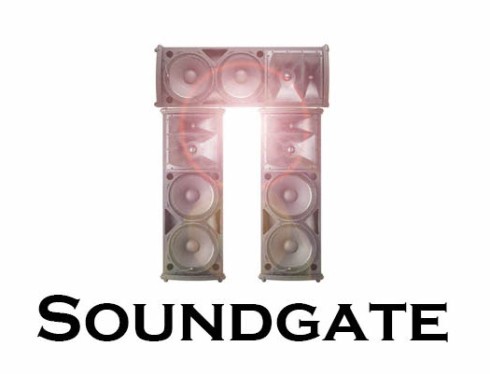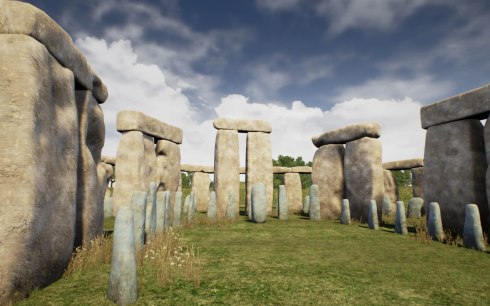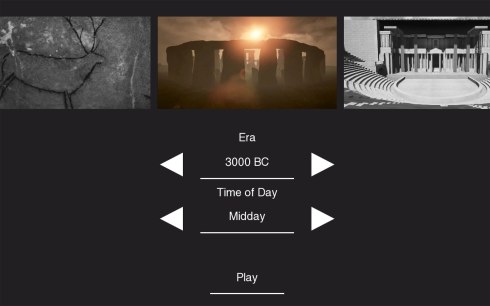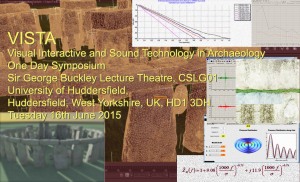This site explores the acoustics, sounds and music of Stonehenge.
Who would have thought that one of the most studied archaeological sites in the UK would still have secrets hidden in plain view? However most previous studies of Stonehenge focused on looking at the site, rather than listening to it.
Music technologist and composer Dr Rupert Till started to ponder the likely acoustic effects of Stonehenge after finding a pilot study on the subject. He came up with the theory that the famous ring of stone could have sung like a crystal wine glass with a wet finger rubbing the rim, stimulated in this case by percussion played in time to the echoes of the space.
Thomas Hardy had hinted at this in 1891 in his novel Tess of the D’Urbavilles. Reading carefully between the lines with an acoustician’s ear, one can find him discussing various acoustic effects. Further research turned up an interview with the author in which he states that ‘if a gale of wind is blowing, the strange musical hum emitted by Stonehenge can never be forgotten’.
Mathematical acoustic analysis of Stonehenge’s Archaeological plans was followed by the acoustic analysis of a digital model of Stonehenge using software designed for architects’ use. The results of this analysis exceeded all expectations. The final stage of Stonehenge had acoustic figures that were as good as premier concert halls, and was perfectly suited to loud rhythmic music, much like a rock concert venue.
This work led to a visit to a full size concrete reproduction of Stonehenge in the USA, with acoustics expert Dr. Bruno Fazenda and Dr. Till flying to the Maryhill Monument in Washington State to use it as a model to carry out acoustic field measurements and search for evidence of acoustic features. Here it was possible to make the whole space resonate using a simple percussion rhythm, made by reconstructions of Neolithic instruments, and tuned to the space. Strange acoustic effects appeared in the space as if the stones themselves were singing. Dr. Fazenda has been a key research partner in the project, providing a acoustic and scientific grounding to the project.
The Maryhill trip led to 50,000 internet articles on the research, in turn leading to a History Channel Documentary in the MysteryQuest series (currently in post-production), and visits to Stonehenge itself, where echo patterns were found to support the theories.
The project has suggested where people might have stood at Stonehenge, the sort of instruments possibly used, what kind of sounds could have been made and how fast people might have played. It has also allowed tentative steps towards suggesting that the music may have acted to entrain the body, encourage Alpha rhythms in the brain, and help achieve altered states of trance-like consciousness.
Few specifics are known about the music, sound and ritual of prehistoric Britain, and any information that this project can uncover is significant. Stone circles are an enigmatic feature of British prehistory, and the hope is that understanding more about our past is on way of further understanding our present.
This work has led on to Dr. Till leading an AHRC/EPSRC research cluster focused on the acoustics and music of prehistory, a large grant application for further work on other prehistoric sites, collaboration on a TSB scheme to build an outdoor performance venue with similar acoustics and other research opportunities.
[Please note that this is an ongoing project and some of the results are preliminary. Any thoughts or feedback are more than welcome.]




